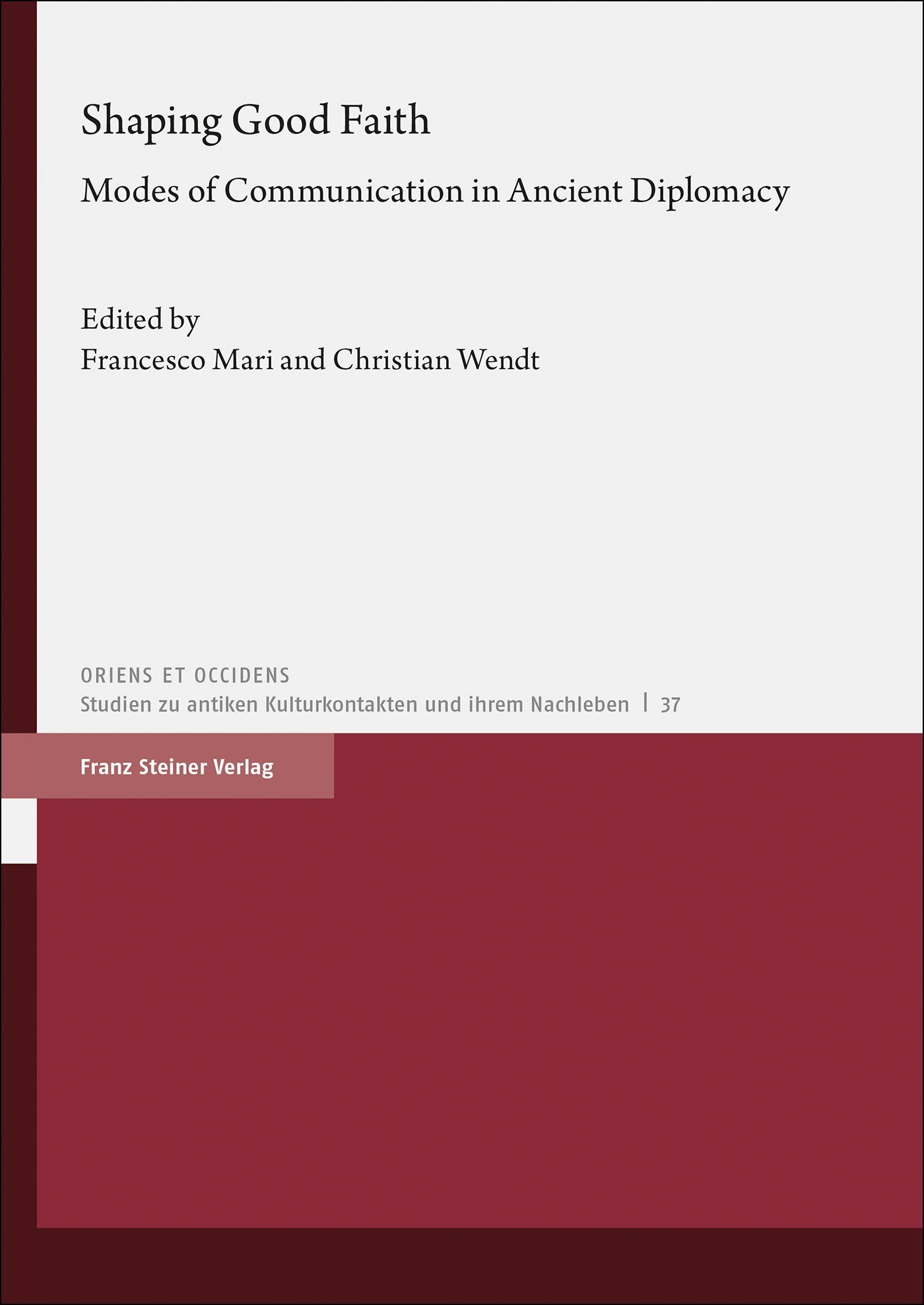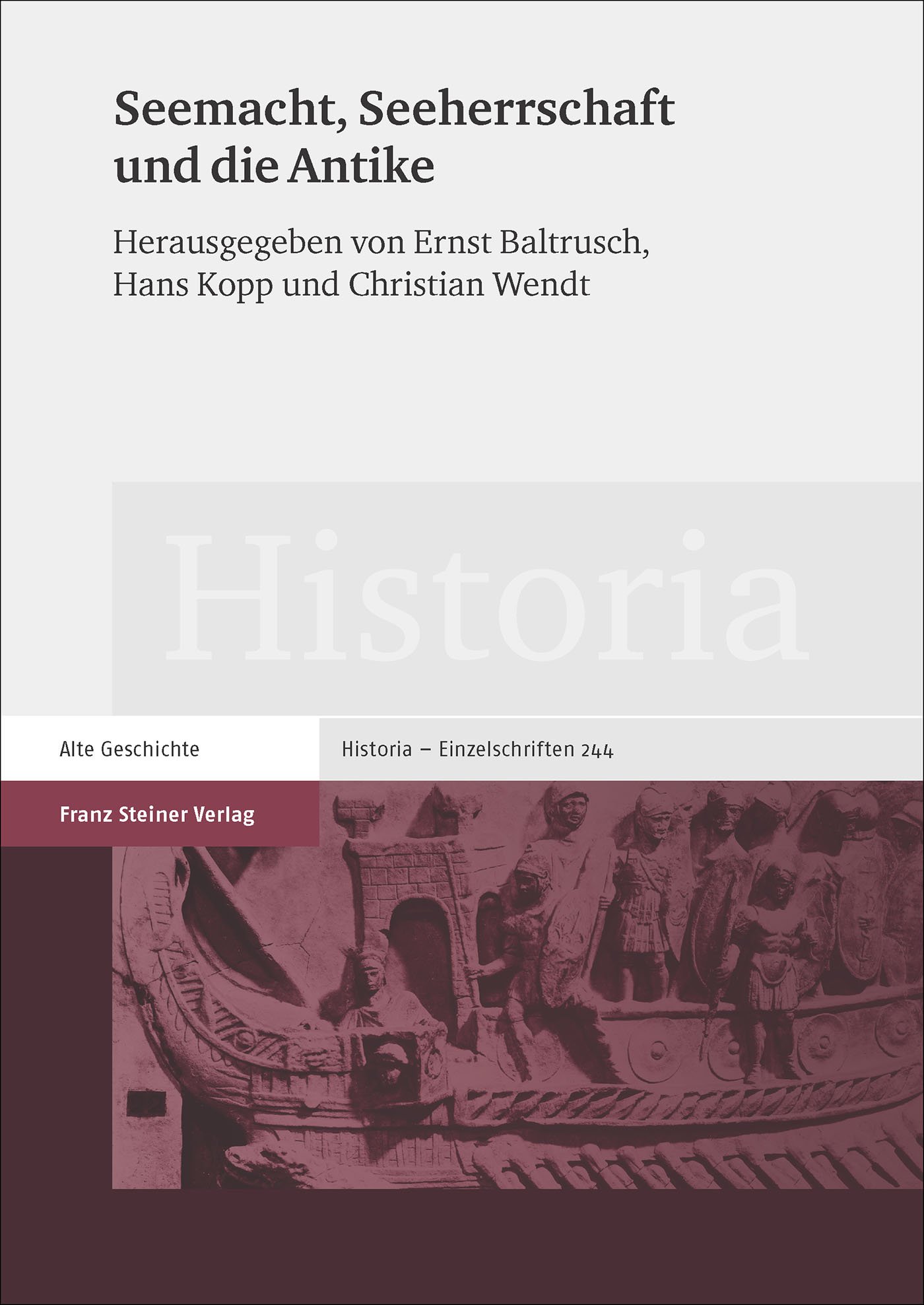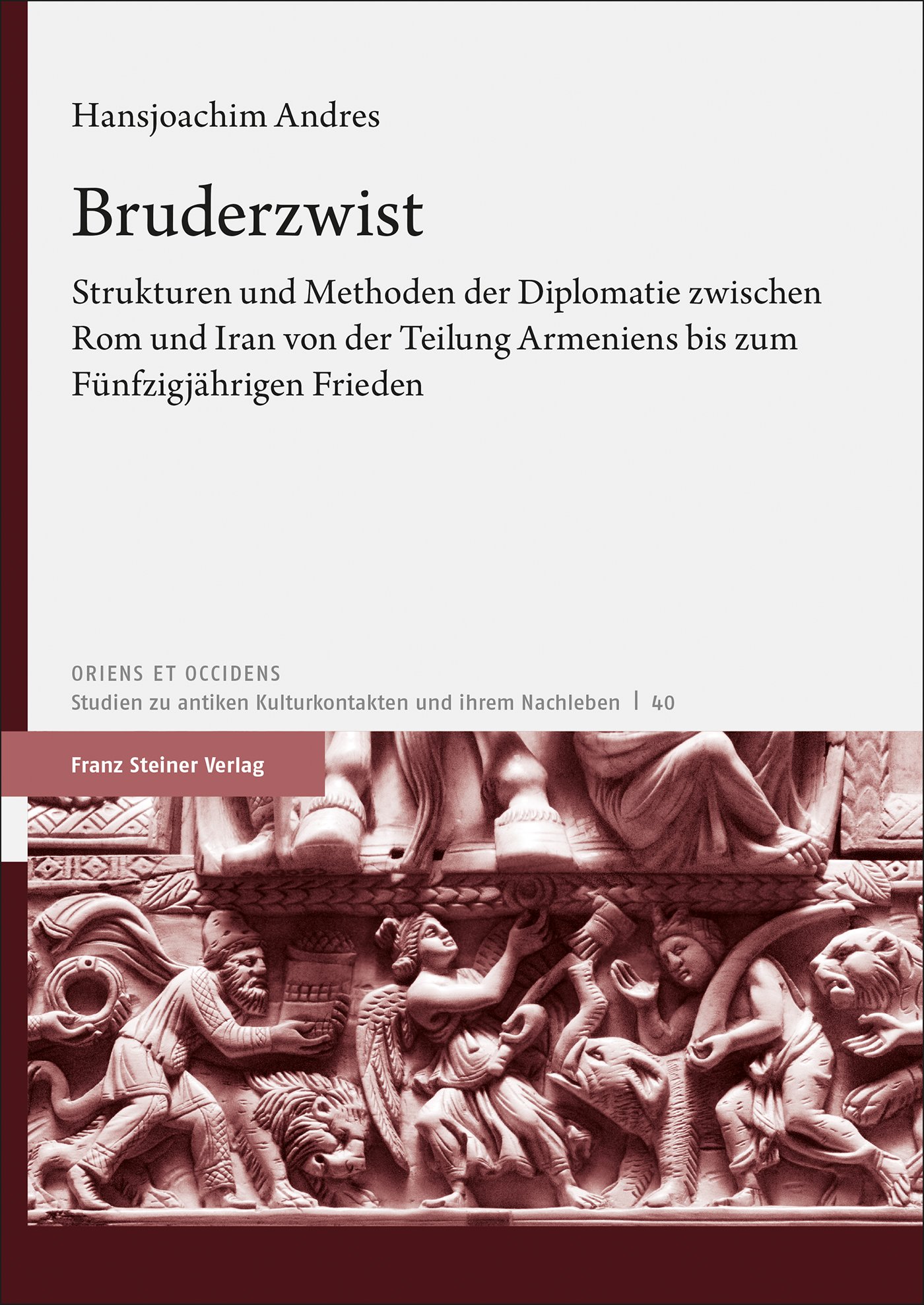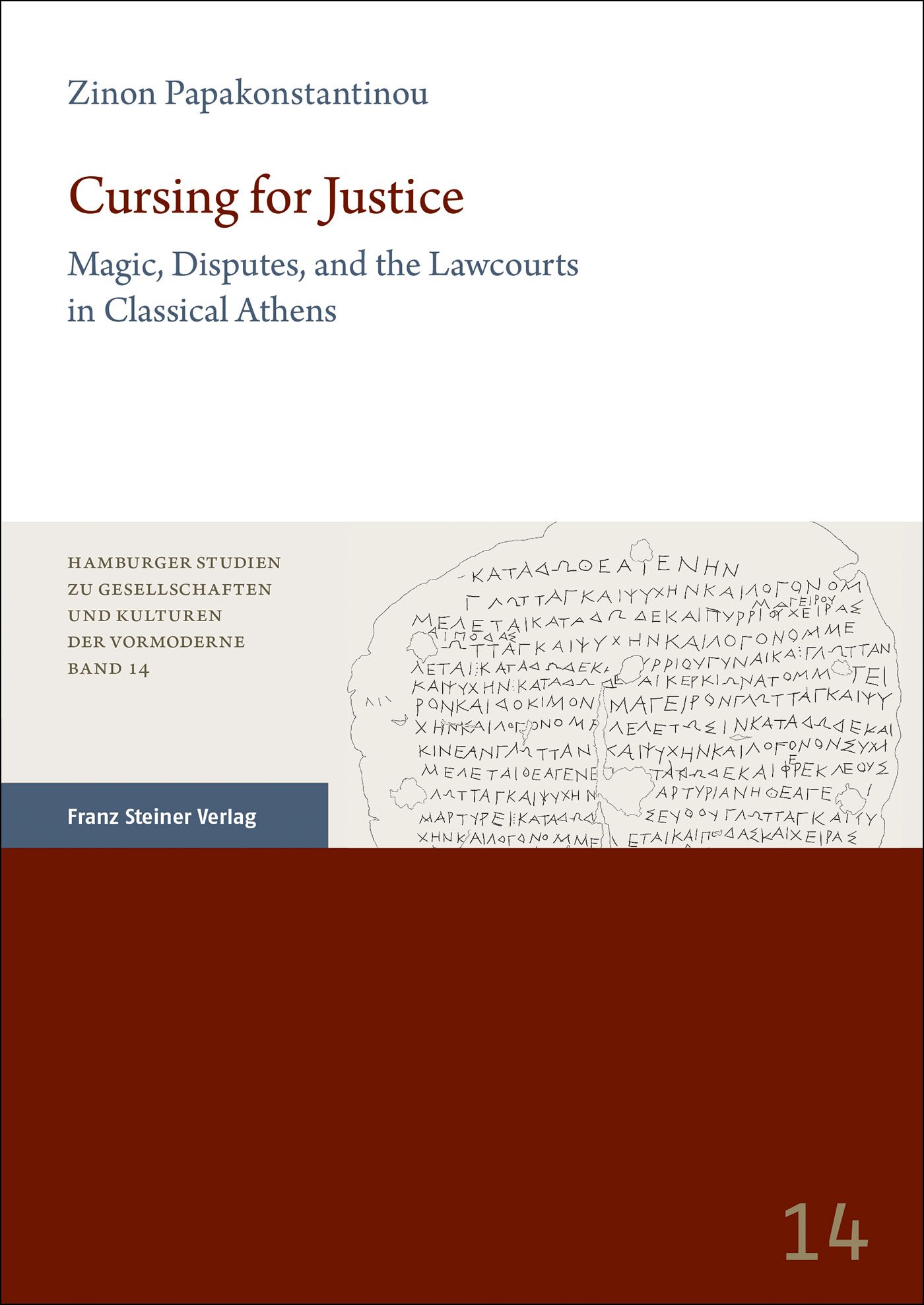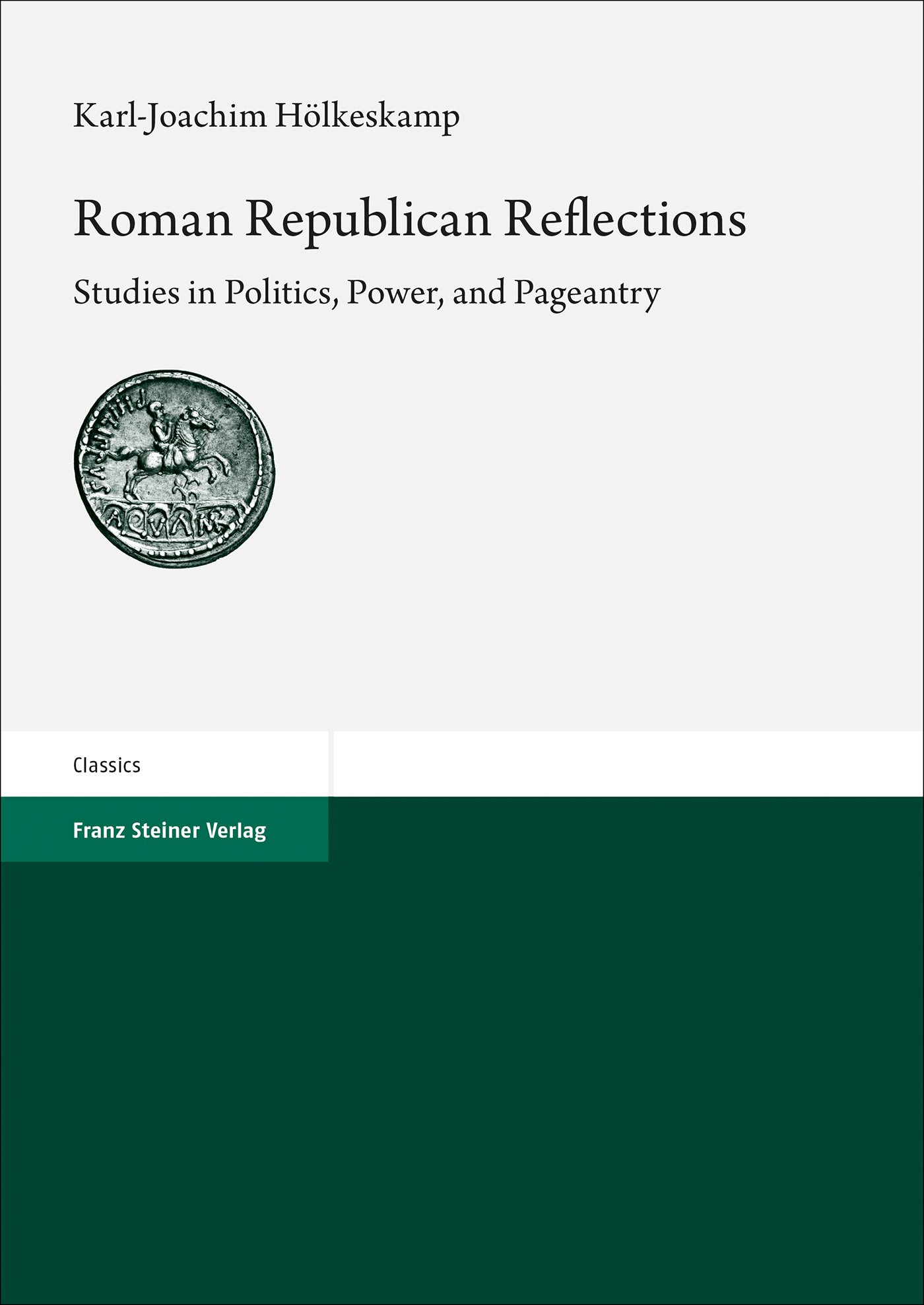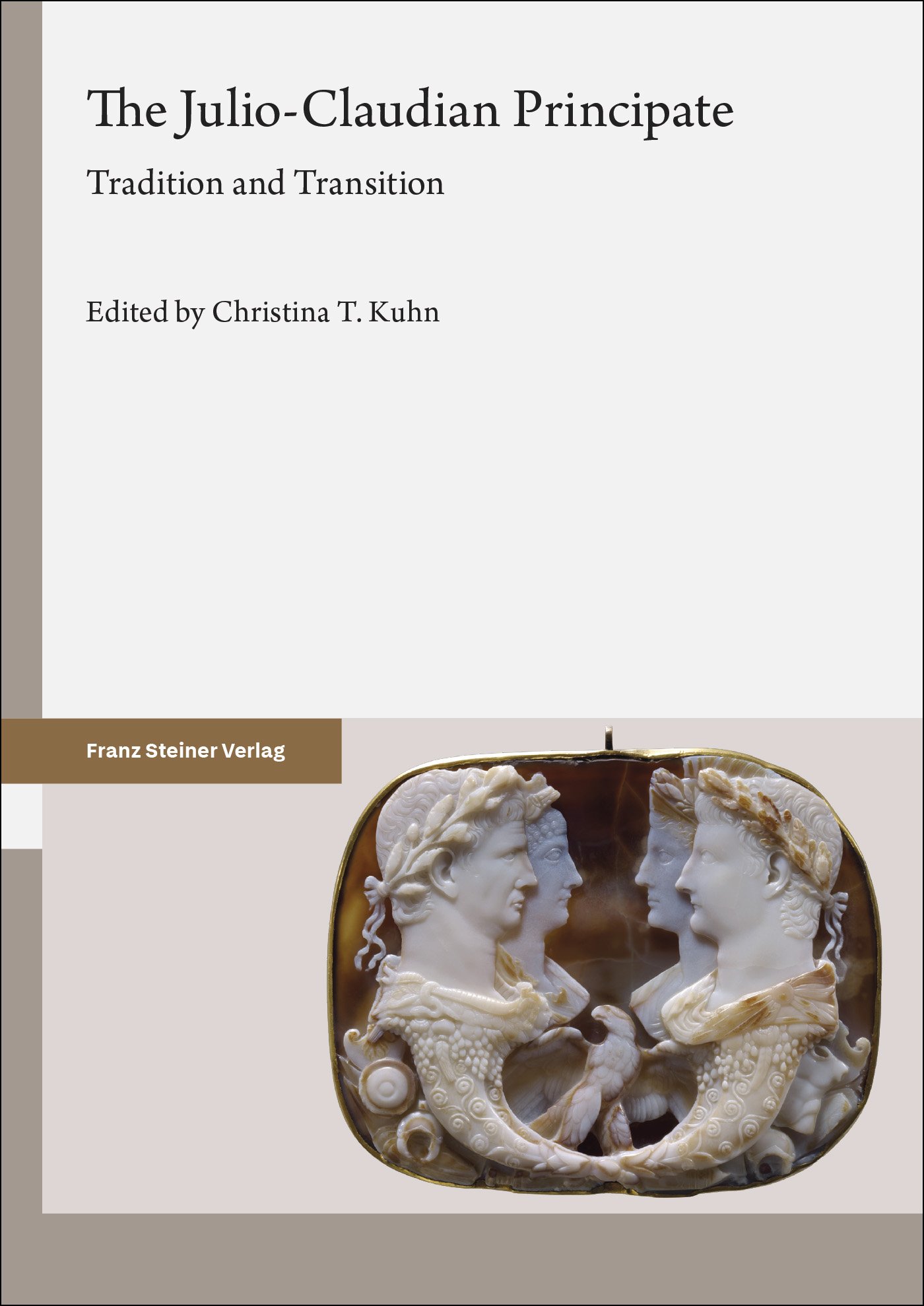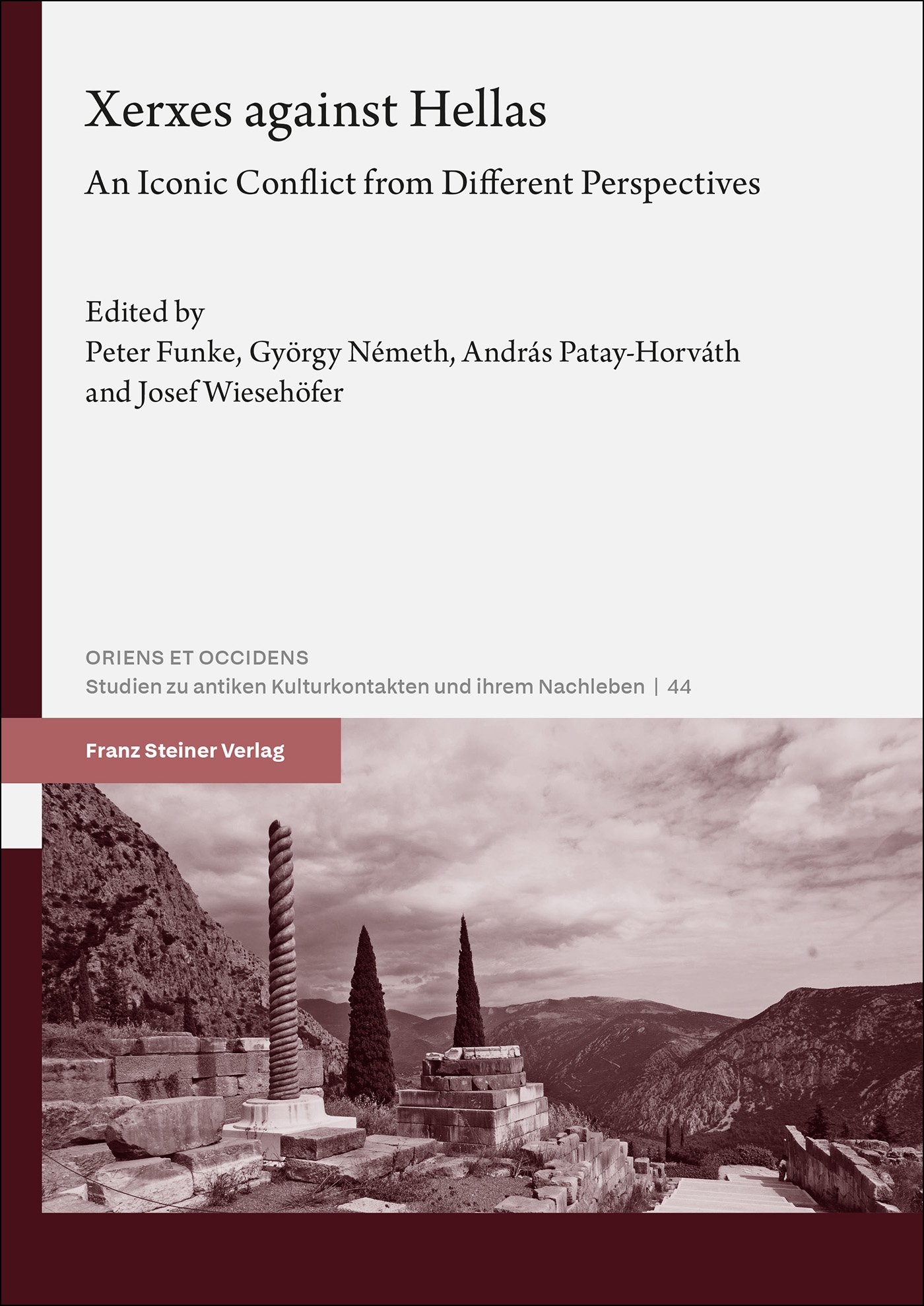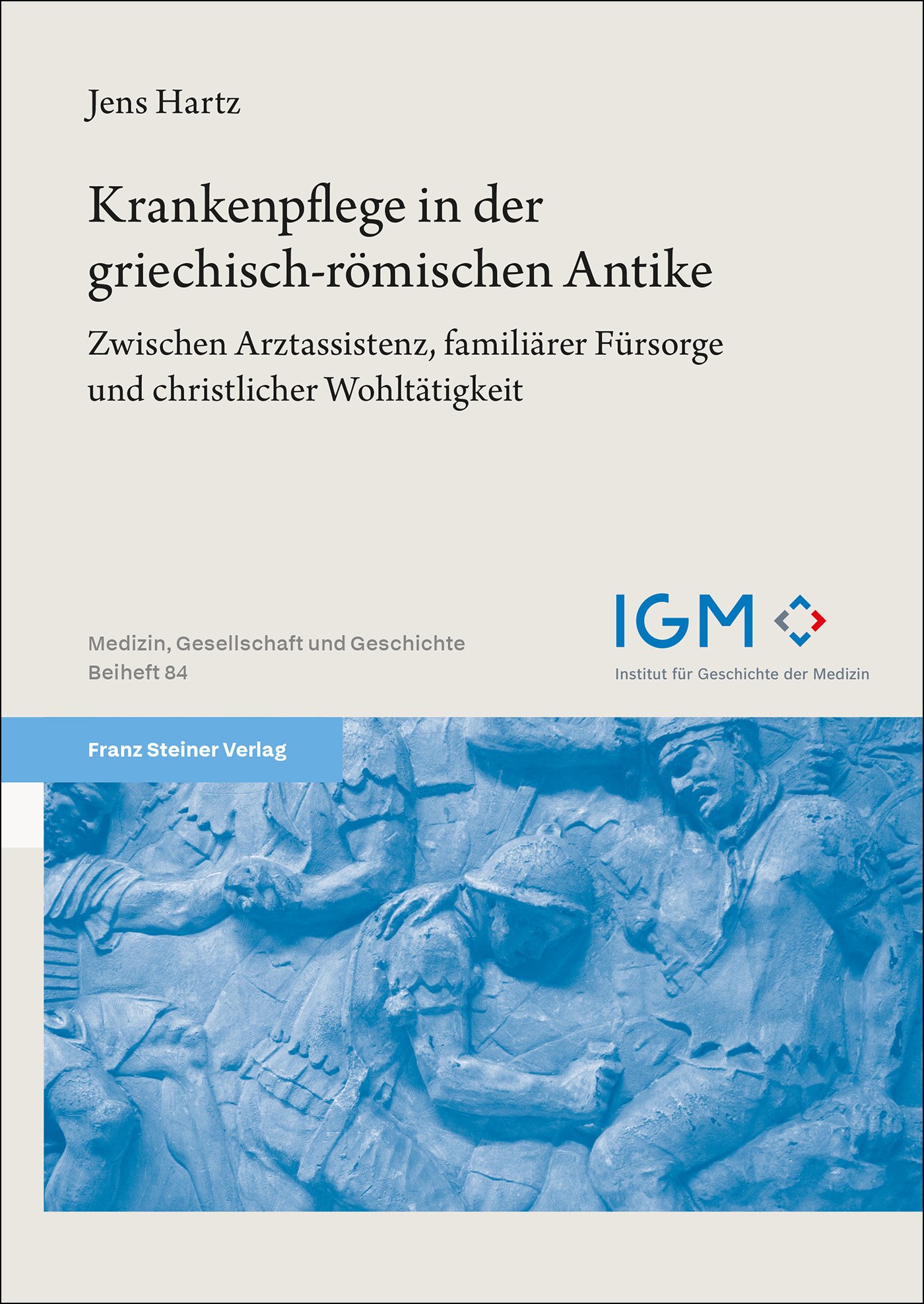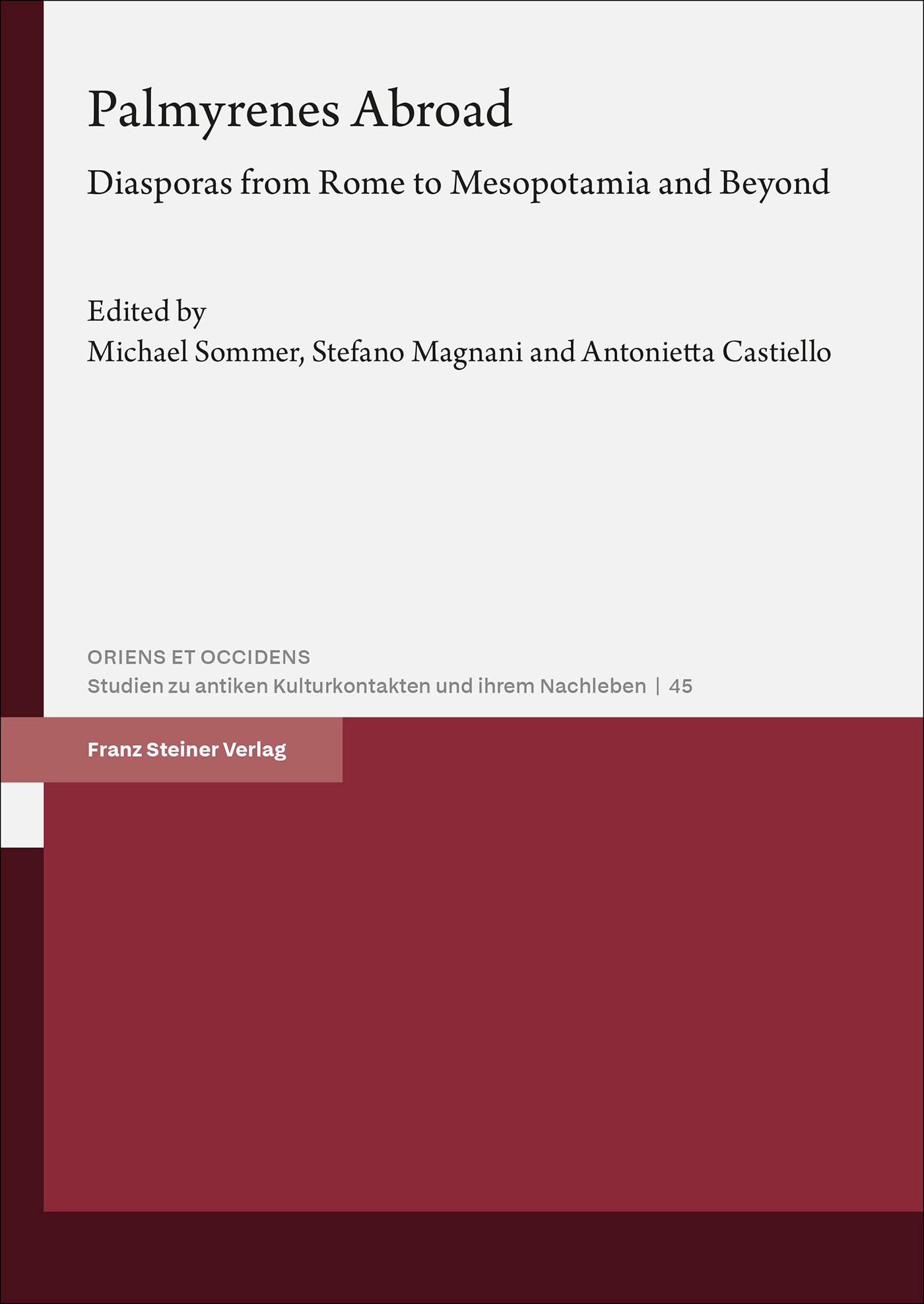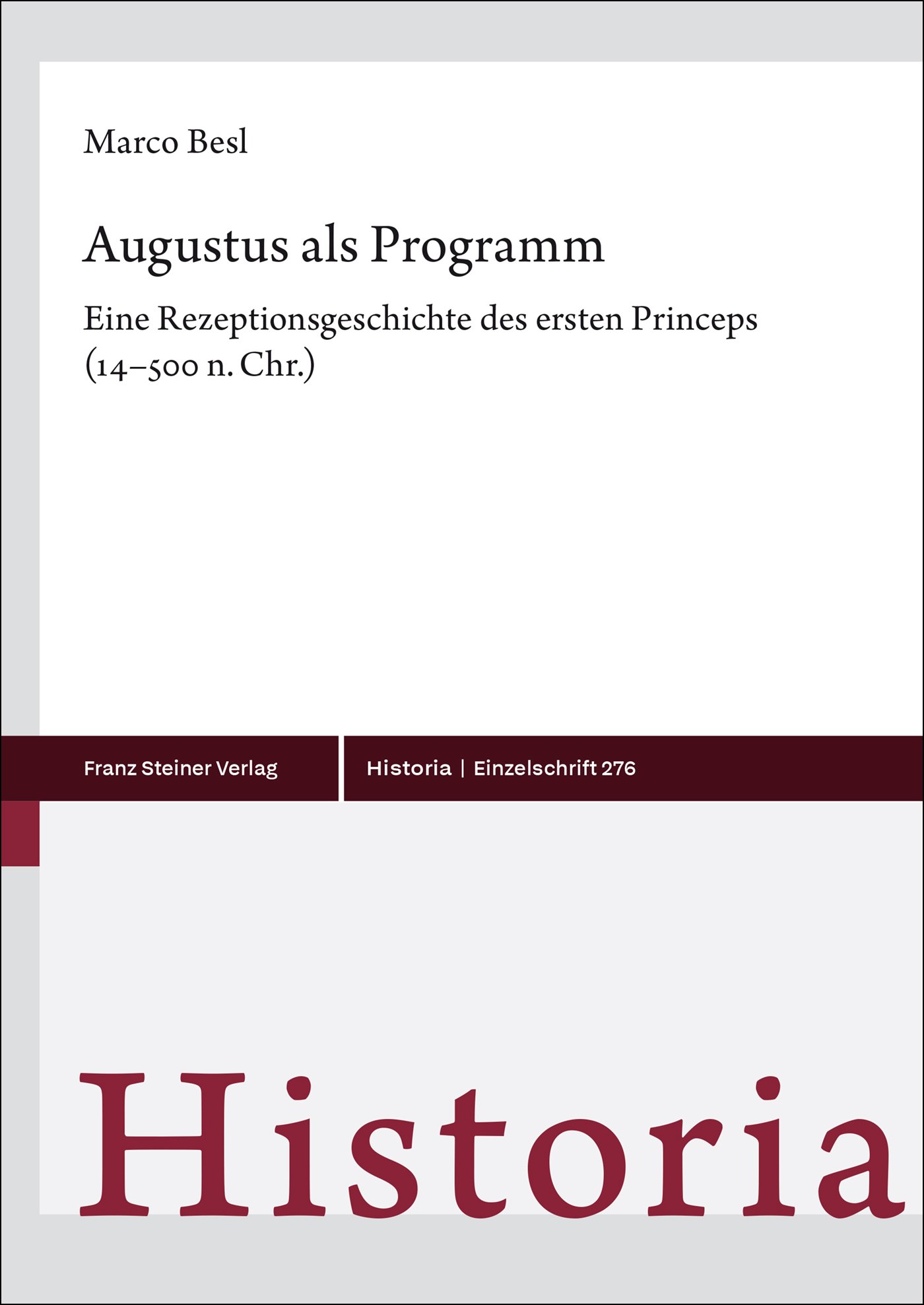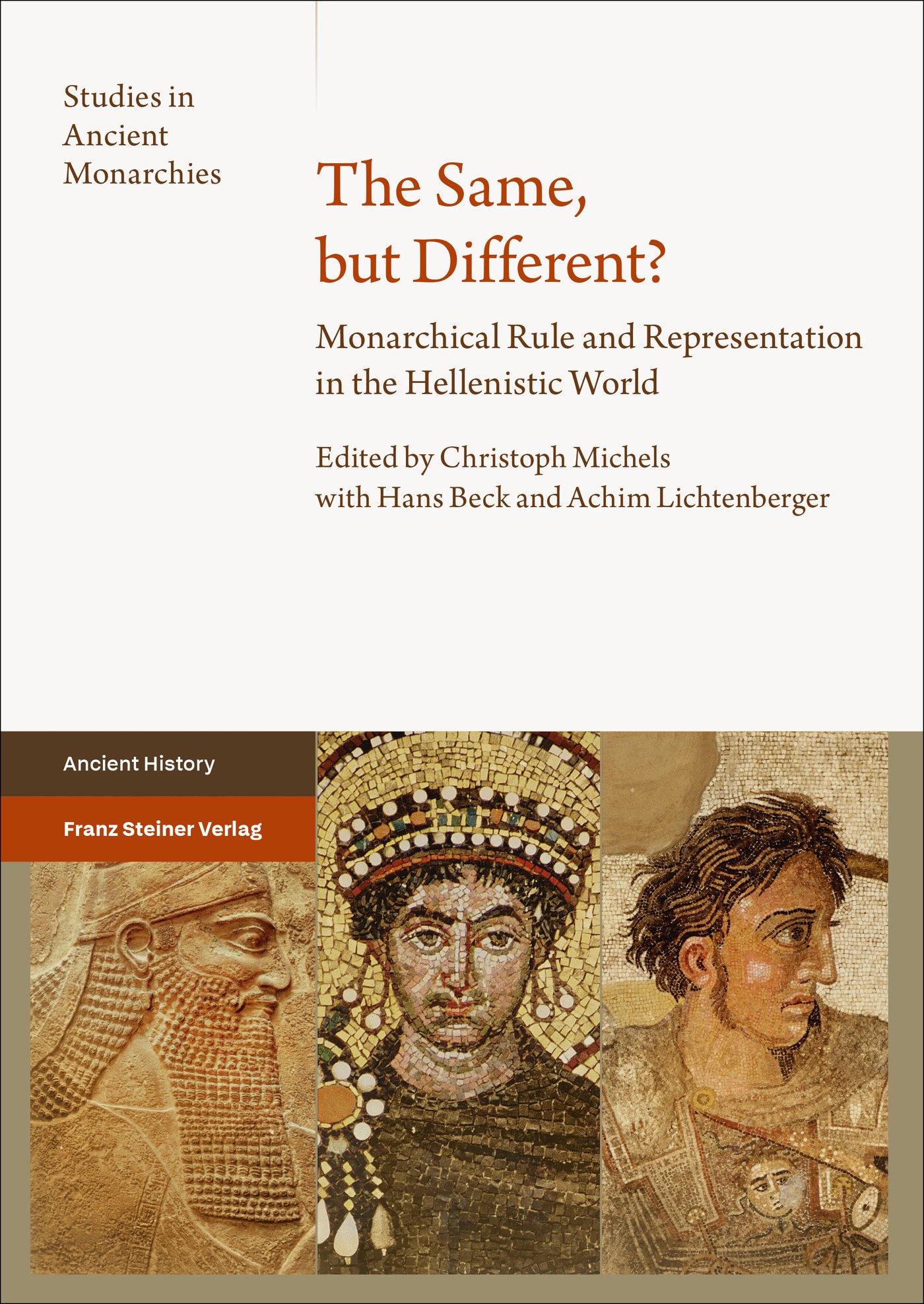Shaping Good Faith
Shaping Good Faith
The editors and contributors have unquestionably expanded the scope of ancient diplomacy
Hannah Cornwell, The Classical Review 73,2 (2023)
The instauration of a bond of good faith between the parties played a crucial role in ancient diplomatic agreements. On the one hand, ancient authors often highlight the multi-faceted character of good faith and the ambiguities that marked many of the ritual practices used to create it. Yet it is precisely this complexity of good faith that paves the road for modern historians to enquire on aspects such as its legal implementation, its effectiveness in creating lasting bonds or its moral implications. Forms of ancient diplomacy were often meaningful, and so were breaches of the diplomatic etiquette. The code of diplomatic communication was an extremely important channel for shaping policy (and good faith) and is therefore a fruitful heuristic tool for analysing interstate encounters in antiquity.
The contributions collected in this volume offer a multifaceted, if preliminary, illustration of ancient diplomatic good faith, focusing primarily on Greek, Persian-Achaemenid, and Roman cultures, but also on the Hellenistic kingdoms and the Parthian Empire.
„The eight contributions variously demonstrate the importance of approaching ancient diplomacy as perfomative as much as part of a wider set of legal and social norms for its actors […]. Another success of the volume is to demonstrate how the narratives of diplomatic encounters are part of a cultural engagement and manipulation of communication and diplomatic relations. […] A great achievement of the volume is that it succinctly demonstrate the value and relevance of examining the forms and language of ancient diplomatic processes. […] The editors and contributors have unquestionably expanded the scope of ancient diplomacy, emphasising the need to understand is as far more complex and nuanced than traditionally conceived.“
Hannah Cornwell, The Classical Review 73,2 (2023)
| Band | 37 |
|---|---|
| ISBN | 978-3-515-12479-9 |
| Medientyp | E-Book - PDF |
| Auflage | 1. |
| Copyrightjahr | 2022 |
| Verlag | Franz Steiner Verlag |
| Umfang | 216 Seiten |
| Abbildungen | 1 s/w Abb., 2 s/w Tab. |
| Sprache | Englisch |
| Kopierschutz | mit digitalem Wasserzeichen |
